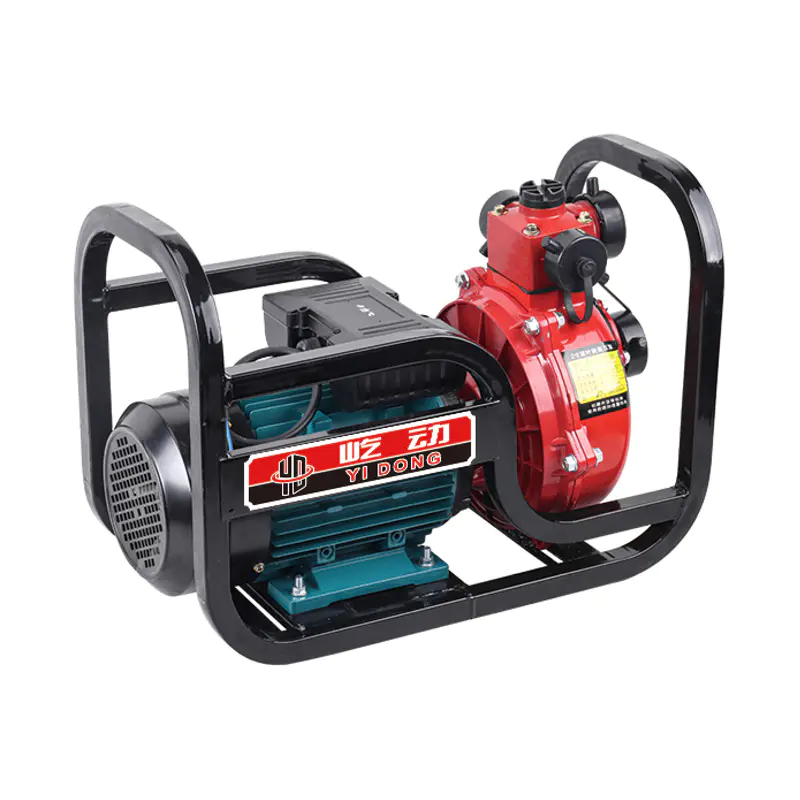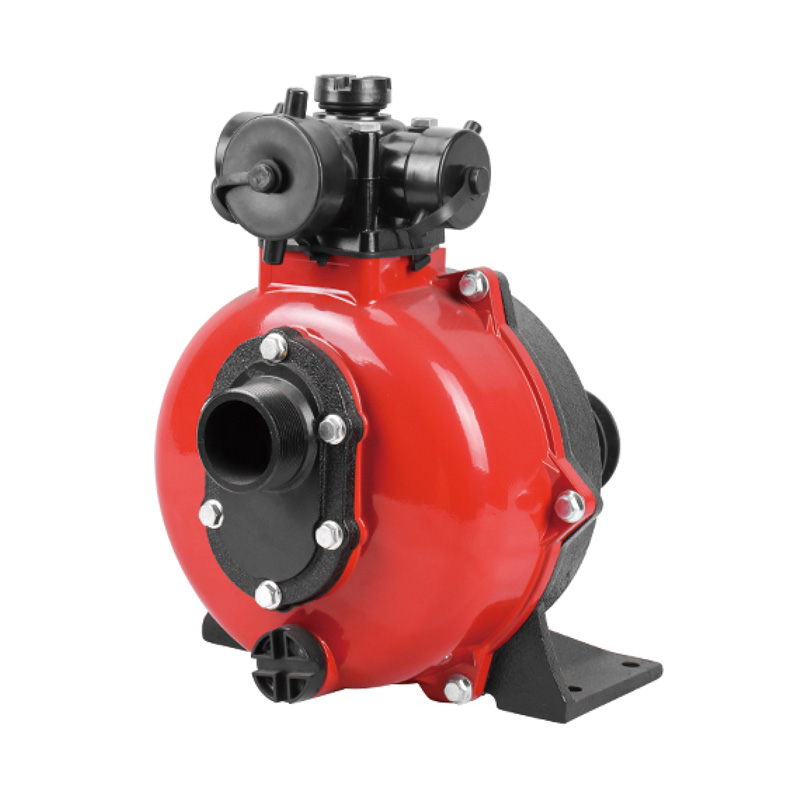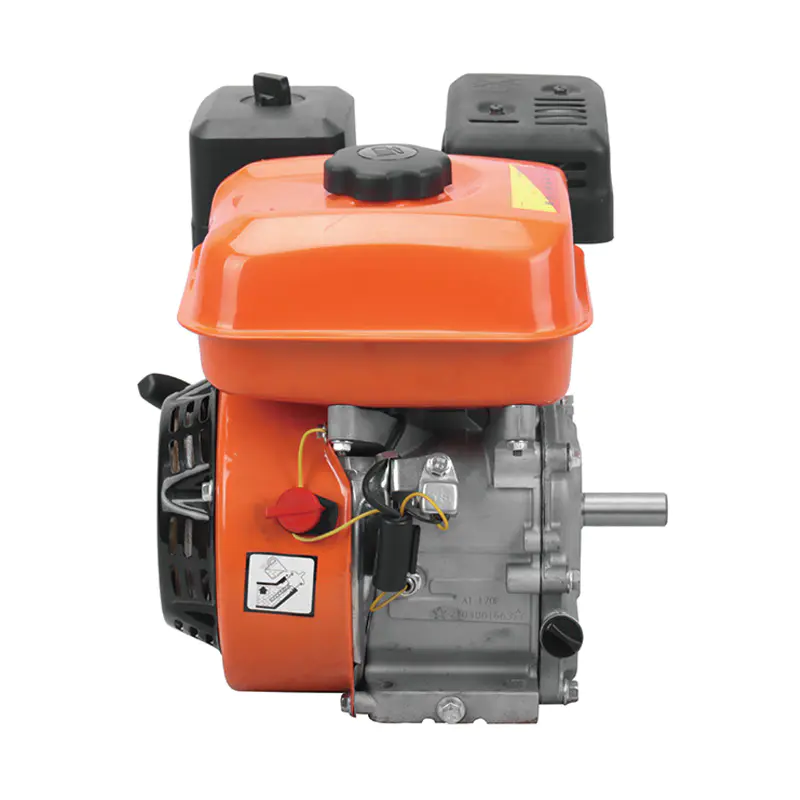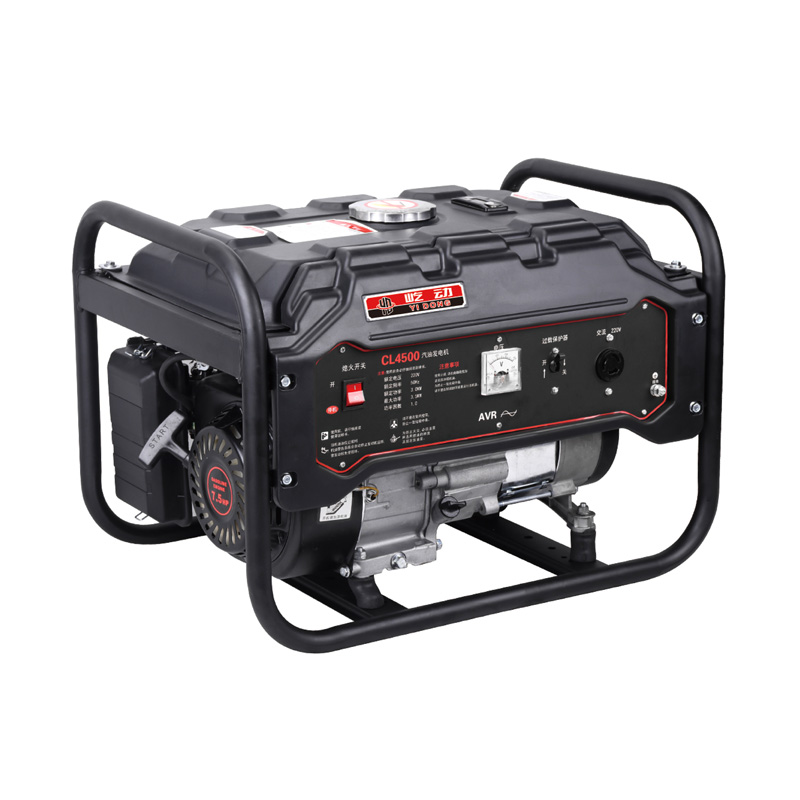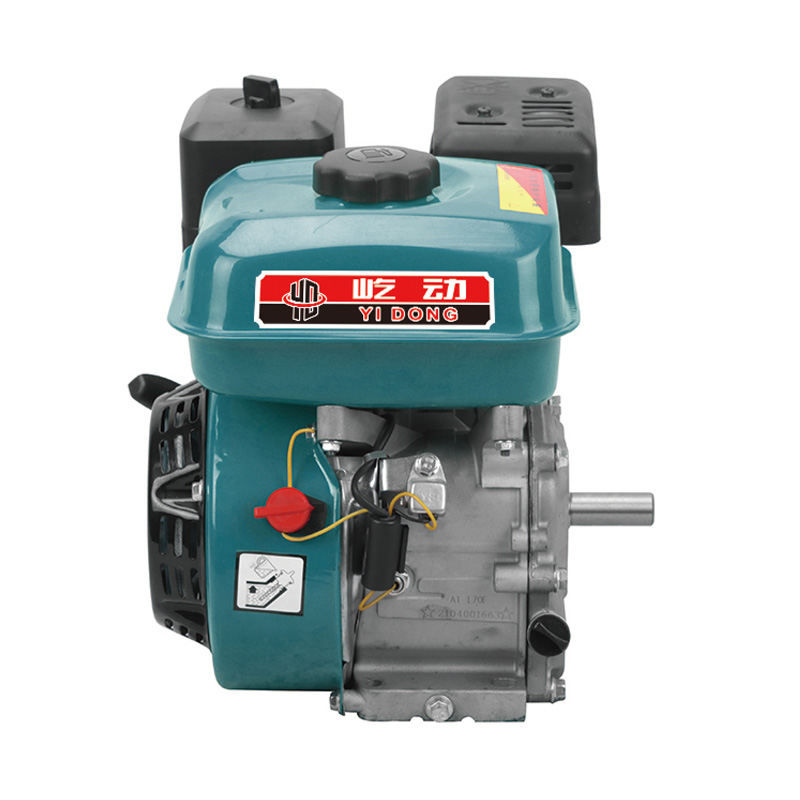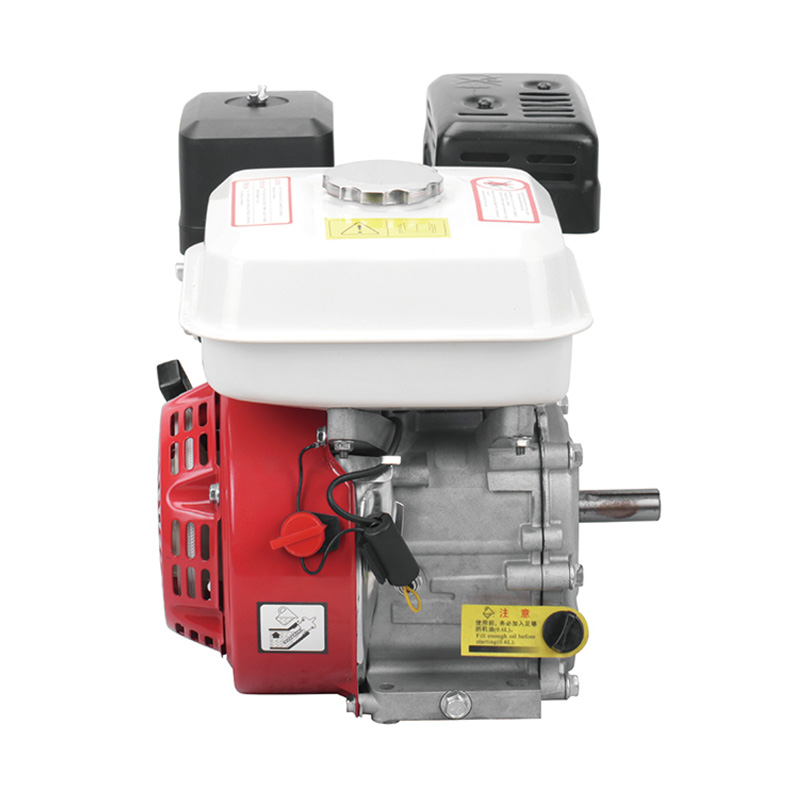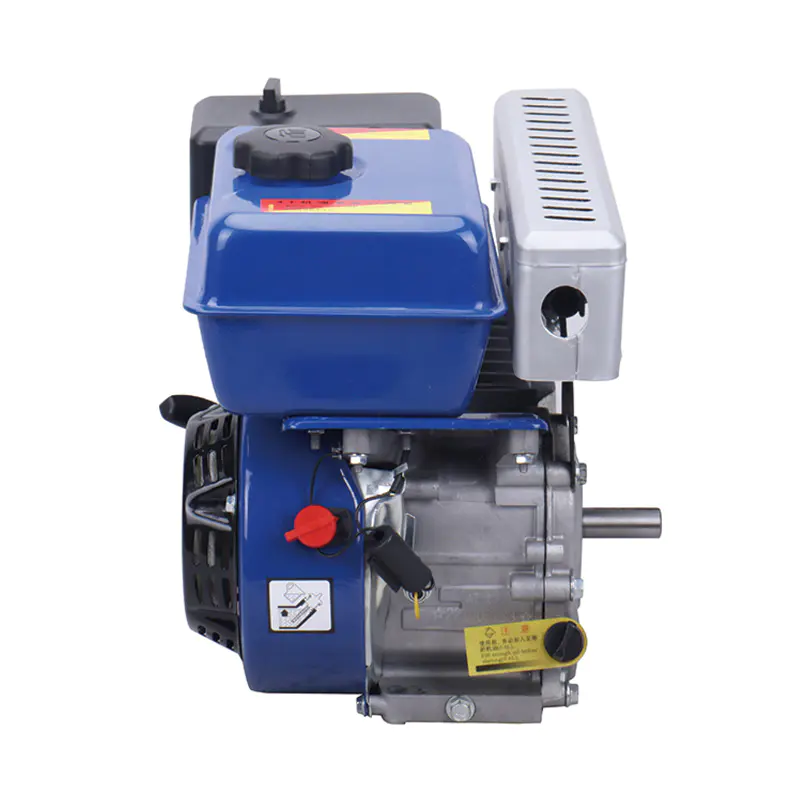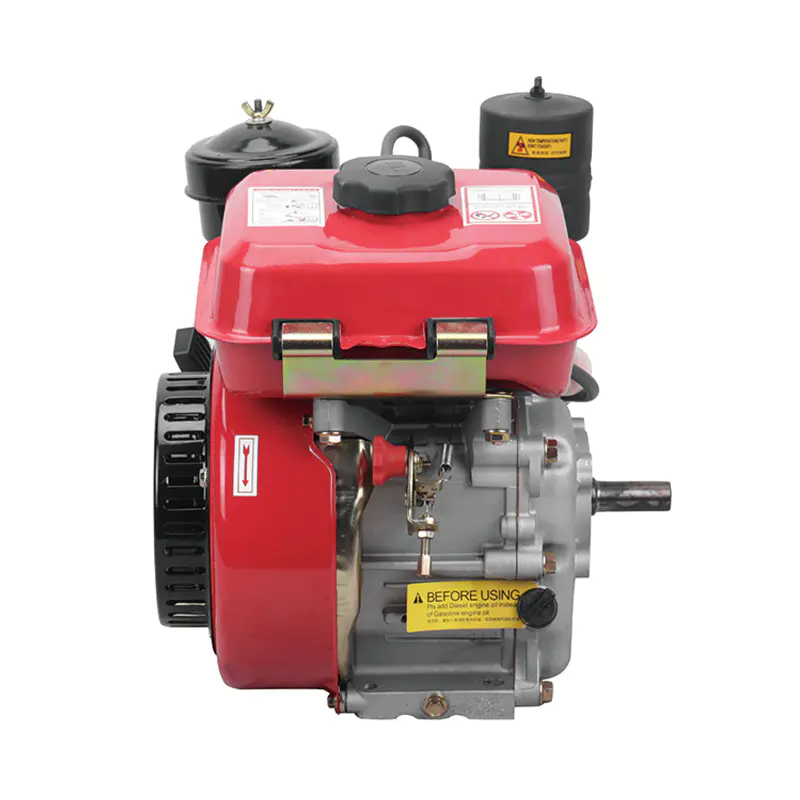Electric Garden Pump
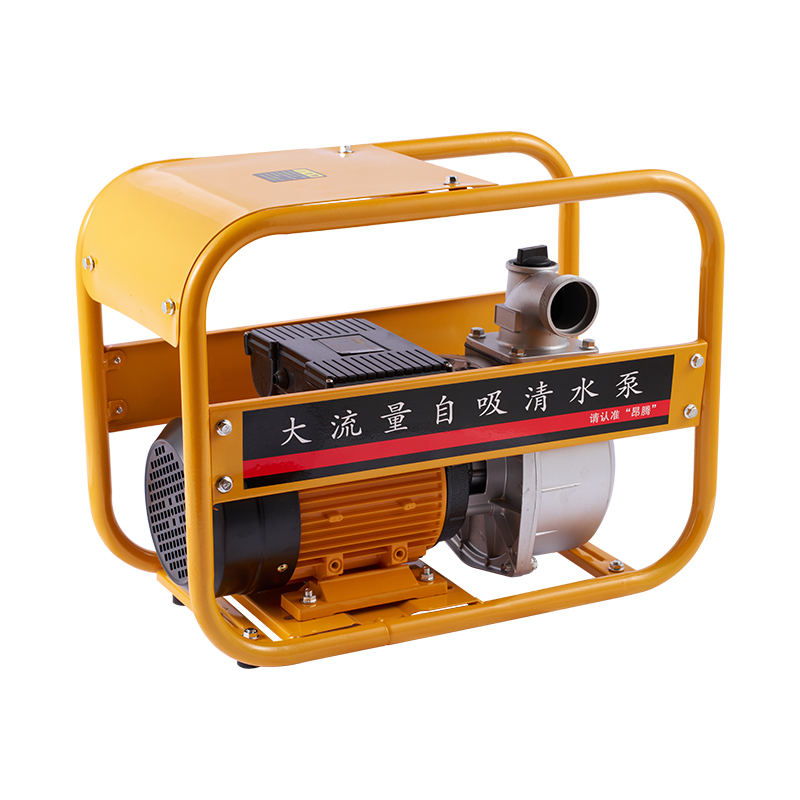
1. Efficient Water Supply
Electric garden pumps provide a reliable and consistent water supply for residential and commercial gardens. They are designed to deliver water at varying flow rates, making irrigation, watering plants, and filling water features simple and effective. Their efficiency ensures that water is directed where it is needed without excessive energy use, which is especially beneficial for large lawns or landscaped areas.
2. User-Friendly Operation
These pumps are typically lightweight and easy to install, offering user-friendly features such as automatic on/off switches and built-in pressure control. Garden owners can adjust settings based on water demand, ensuring plants receive an appropriate amount of water while manual intervention. Quiet operation also allows use in residential areas without disruption.
3. Versatile Applications
Electric garden pumps are suitable for a wide range of applications beyond irrigation. They can circulate water in fountains, ponds, and water features, or even assist in draining small pools or flooded areas. Their versatility, combined with compact design and straightforward maintenance, makes them an ideal choice for both hobbyists and professional gardeners.
Electric Motor Submersible Pump
1. Continuous or Intermittent Operation
Electric motor submersible pumps are designed for either continuous or intermittent operation, depending on application requirements. Continuous operation pumps are ideal for tasks such as water supply systems, drainage, and irrigation where a steady flow is needed. Intermittent operation pumps handle short-term or variable water transfer, making them suitable for emergency drainage or seasonal water management. Selecting the correct operation mode ensures pump longevity and efficiency.
2. Environmental Adaptability
These pumps are built to function in diverse environments. Submersible designs allow operation under water, making them ideal for wells, reservoirs, or flood-prone areas. Pumps are sealed to prevent water ingress, protecting the motor and internal components. Their design supports use in both domestic and industrial settings, accommodating variations in temperature, water quality, and pressure.
3. Numbered Guide to Operating Considerations
Fluid Type: Ensure the pump materials are compatible with the water type, including potable, brackish, or lightly contaminated water.
Depth and Suction Requirements: Consider pump depth and suction head to ensure proper water delivery without cavitation.
Maintenance Needs: Regular inspection of seals, bearings, and electrical components keeps the pump performing efficiently.
Energy Supply: Ensure the power source matches pump specifications, whether single-phase or three-phase operation.
By evaluating these considerations, users can achieve reliable performance while energy use and maintenance interruptions.
Water Pump for Electric Motor
1. Structural Materials
The materials used in water pumps for electric motors play a key role in durability and compatibility with the pumped fluid. Casings, impellers, and shafts are often constructed from stainless steel, brass, or high-strength polymers, depending on the liquid type. Corrosion-resistant metals ensure long-term performance when handling clean or slightly treated water, while engineered polymers can resist erosion from minor solids.
2. Compatibility with Environmental Conditions
Pumps must be suited to environmental factors such as temperature, humidity, and exposure to chemicals. For example, outdoor installations may require weatherproof housings and UV-resistant coatings, while industrial or chemical applications may demand high-strength, chemically inert materials. Matching materials to both fluid and environment ensures safe and continuous operation.
3. Maintenance and Longevity
Using appropriate materials reduces wear and tear, supporting long-term reliability. Routine inspection of seals, bearings, and impellers allows early detection of potential issues. Proper material selection combined with preventive maintenance enhances pump performance, ensures efficient water transfer, and minimizes downtime across residential, commercial, or industrial systems.



 English
English русский
русский Français
Français Español
Español عربى
عربى